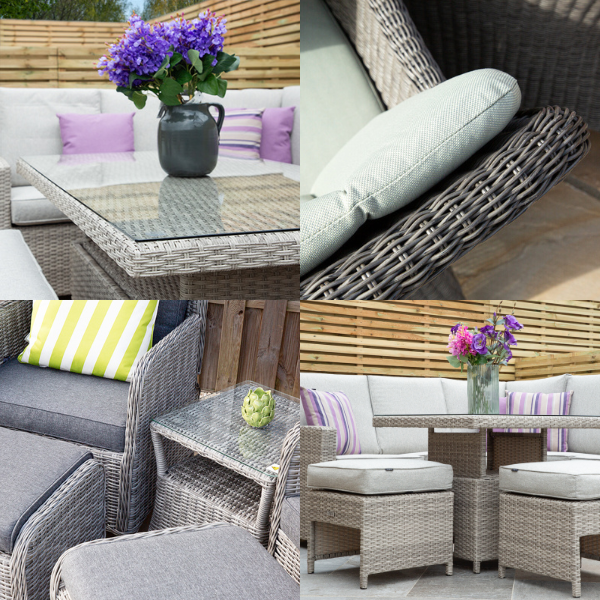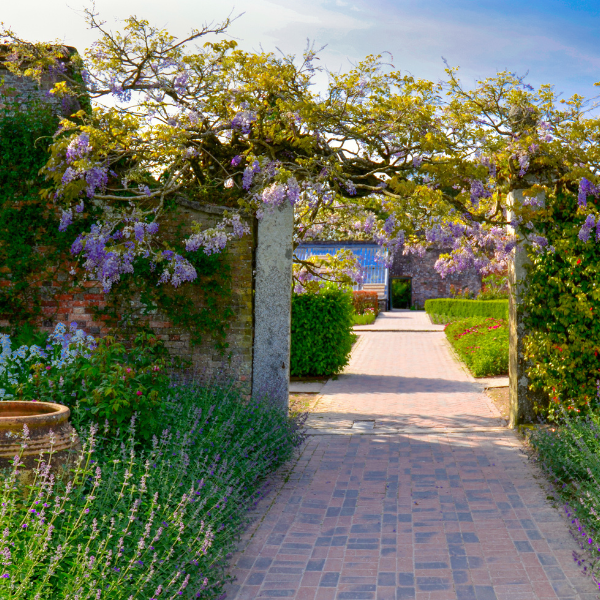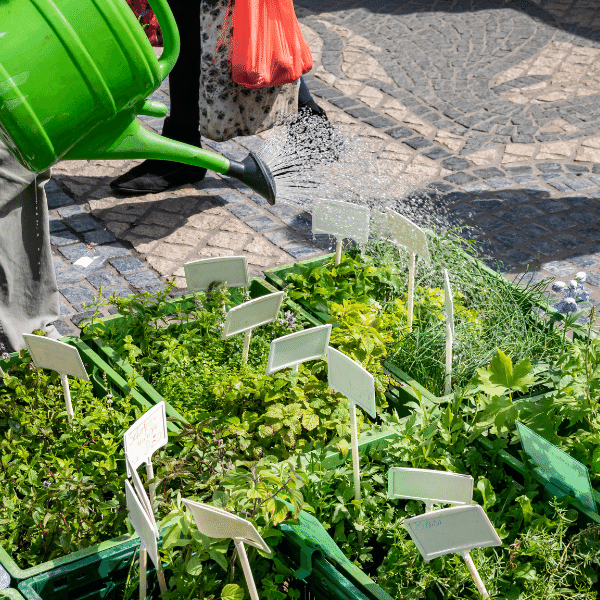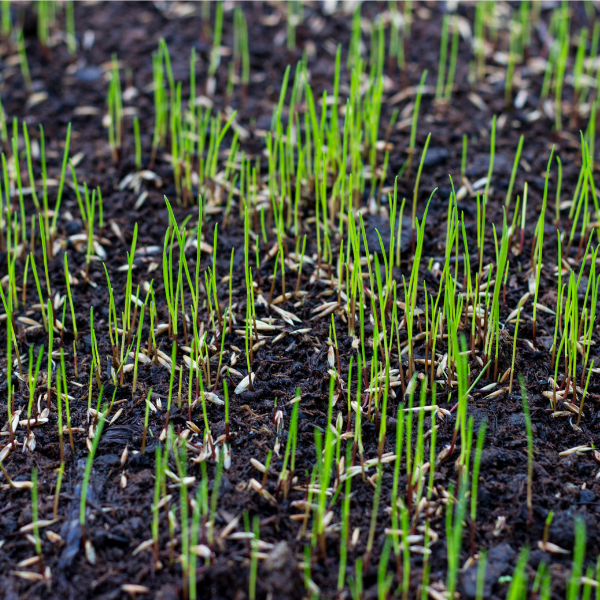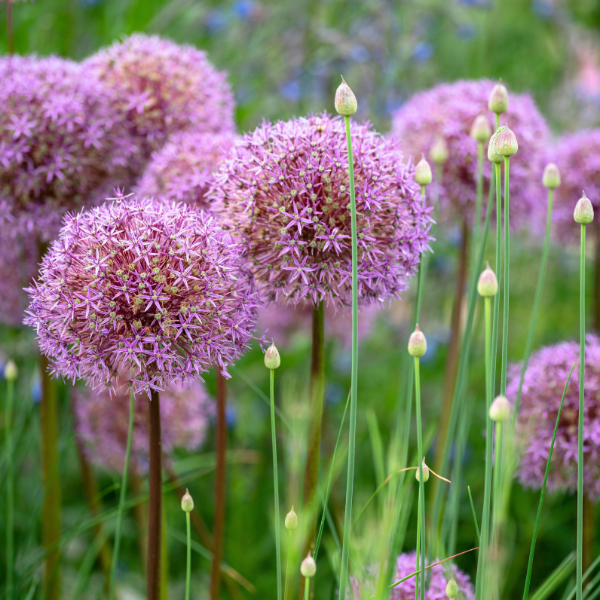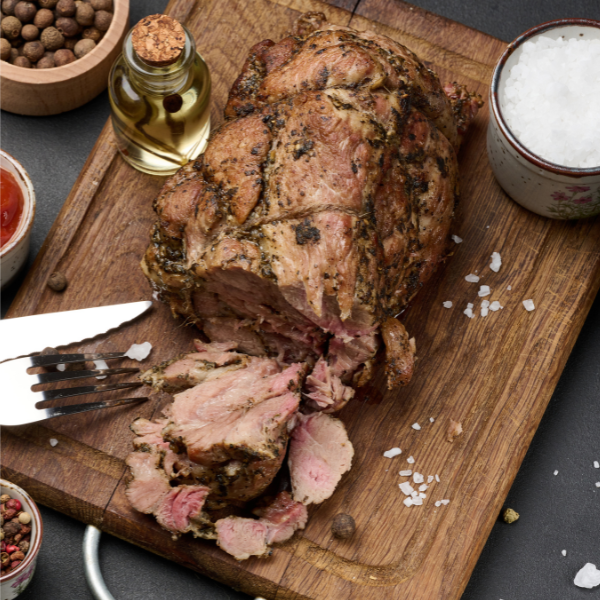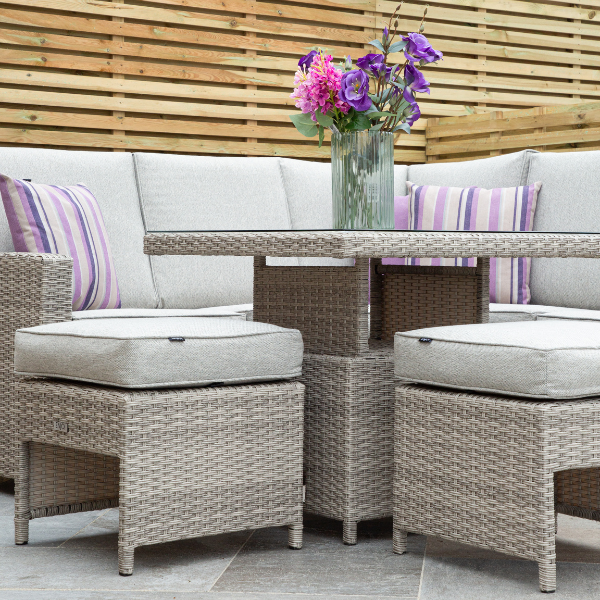House Plant Guide
From January 8th to the 14th, we're celebrating National Houseplant Week! Engaging in indoor gardening is wonderful. It not only enhances the aesthetic appeal of our homes, but also brings about health advantages that might be less known. These benefits range from enhancing the quality of the air we breathe to uplifting our moods during the longer and darker nights of winter. During this article we will go about finding the right houseplant for you, as well as how to care best for them to ensure they have a prolonged life.
Picking the right houseplant for you
Step 1: Picking the spot
It is advisable to determine the specific location where you intend your plant to reside before purchasing it. Plants flourish in various environments, and your choice should align with the available space and light conditions. This ensures that the selected plant meets its specific requirements for growth and well-being.
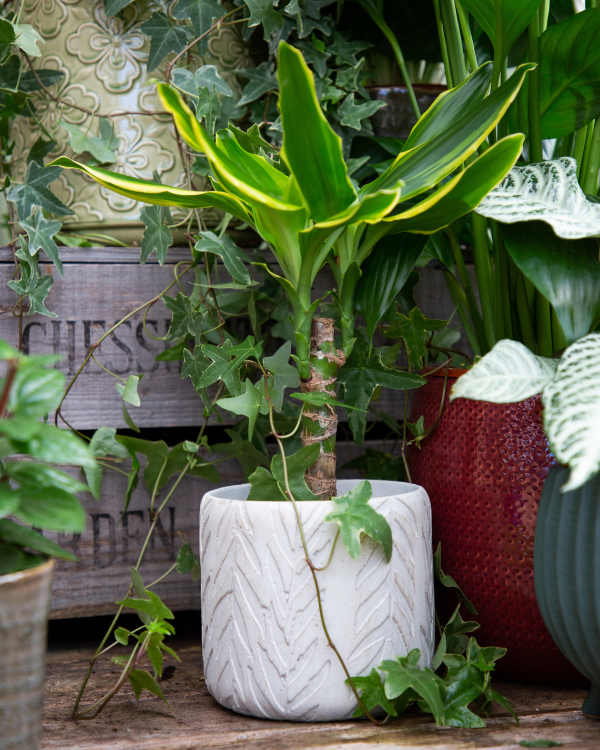
1) Space
The most common mistake observed when individuals position plants in their homes is attempting to fit them into cramped spaces or tight corners. Placing plants in areas with restricted airflow hinders their ability to breathe. Conversely, optimal airflow contributes to the well-being and longevity of plants, promoting stronger stems. It also facilitates improved temperature regulation and CO2 replenishment in the surrounding area. Disrupted airflow can elevate humidity levels and raise the risk of certain diseases.
2) Humidity
Take note that certain plants demand higher humidity levels than others. Indoor environments typically have low humidity, especially due to heating that can dry out the air. It is advisable to avoid placing plants near radiators for this reason. If you opt for tropical plants such as Bird of Paradise or certain types of palms, daily misting is essential to maintain the required moisture levels. However, if you have a busy schedule or find it challenging to dedicate time to plant care, it is wise to choose plants that thrive with lower humidity levels and require less attention.
3) Temperature
Temperature plays a crucial role in the well-being of plants, and several considerations come into play. Central or radiant heating systems can accelerate soil drying, especially for plants requiring frequent watering. If you opt for a plant with high water needs, it's essential to ensure you can dedicate the necessary time for proper care. Additionally, during the winter, such plants may require more frequent watering due to the colder temperatures and the increased use of heating systems.
Step 2: Choosing the right plant size and aesthetic
When buying a plant, one of the initial decisions to make is determining its size. Various factors contribute to this choice. Knowing the surface where the plant will be positioned, whether it's the floor, table, desk, or window, helps in deciding the preferred height. It's important to keep in mind that plants undergo growth, so researching their eventual height in relation to their current size is a prudent step. Additionally, take into account the weight of the plant—larger plants are heavier and more fixed in place, while smaller ones can be effortlessly lifted and moved to change your interior arrangement.
Other questions worth asking; Do you want your plant to be at eye-level or lower? Do you want an accent piece or a bold statement? What kind of look are you after? Would it be better to have one that hangs?
Desktop Plants (less than 2.5' tall)
Compact small plants are ideal for adorning a windowsill, shelf, or table. Their lightweight nature makes them easy to relocate, allowing you to discover the perfect spot for them in your space.
Floor Plants (2.5' to 5' tall)
These plants are most effective when placed near seating areas, entrances, or expansive counter surfaces. Their ideal height makes them perfect for positioning beside a chair or sofa, filling up open spaces, and addressing high empty corners. These plants stand out and make a bold statement in any room.

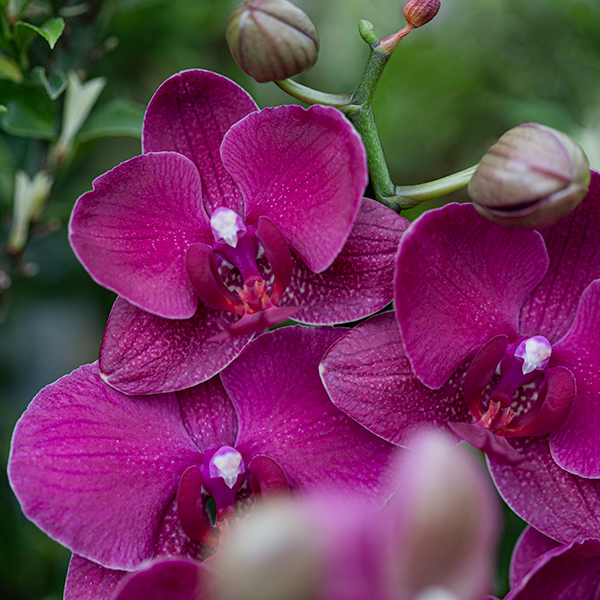
What light level does your home have?
Ensuring that the plants you purchase are well-suited to the light levels in your home is crucial to their health. It's essential to assess the light conditions in the intended placement area and then seek out plants that will flourish in that specific environment.
- Bright-light plants: These plants thrive when exposed to strong sunlight for most of the day.
- Medium-light plants: Ideal for areas with east or west-facing windows that receive partial, filtered, or indirect sunlight.
- Low-light plants: A suitable choice for spaces with minimal natural light, such as north-facing windows, stair landings, or areas primarily lit with fluorescent light.
Step 3: Caring for your plant
Watering your plants is the most time-consuming aspect of plant care and is often the primary cause of plant fatalities. Failure to provide adequate water can lead to drying out and death, while excessive watering can also be detrimental. The key recommendation for determining the right time to water your plants is to assess the moisture level in the soil.
Fertilizing your plants
While it's common knowledge that watering plants is essential, the significance of fertilizer is often overlooked by many. As plants absorb nutrients from the soil, the soil gradually depletes. Applying fertilizer is crucial to maintain nutrient-rich soil, ensuring that your plants remain content and healthy for an extended period.
Wiping your plants
It's advisable to clean your plant's leaves with a damp paper towel at least every few weeks. Dust accumulation on the leaves can lead to various issues, such as hindering light absorption and clogging the leaf pores, preventing proper transpiration. These issues can adversely impact your plant's health, resulting in a dull appearance.
Trimming your plants
It's important to regulary cut off dead leaves and trim back overgrown stems. This will help your plant grow to its fullest potential and look fresh & healthy.

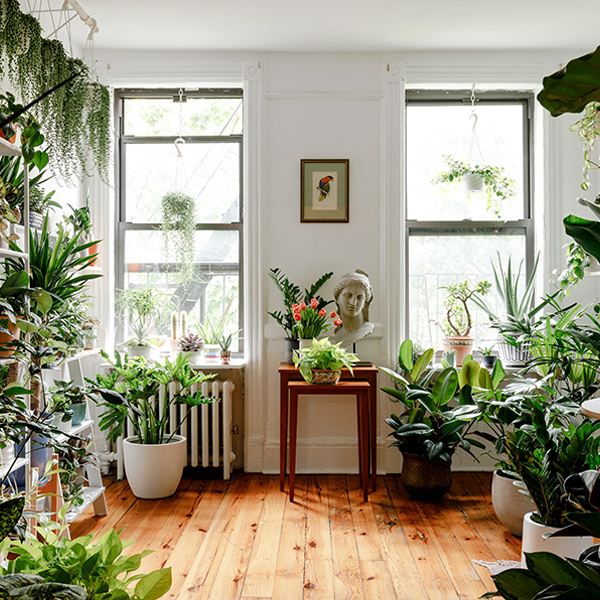
Caring for houseplants whilst you are away
Most houseplants can go a few days without care and without suffering, but absence for more than a week will need careful and creative planning to provide moisture at the right time and quantity whilst their parent is away.
Wick Method – This method is useful for large single pot plants. Find a large container to hold water in and a piece of capillary matting as a wick. Insert one end of the wick into the water and one into the plant. The plant will continually draw water from the container through the wick, as and when it needs.
Self-watering Containers – These containers have built-in reservoirs systems. You can buy these online or from your local garden centre. They are best suited to plants that need moisture all year round and for plants that do not mind being grown in permanently moist conditions.
If you plan on going away for longer than 10 days, we would recommend asking a neighbour or family member to care for them whilst you are away, likewise with the garden too!
Read below for more information on individual houseplants
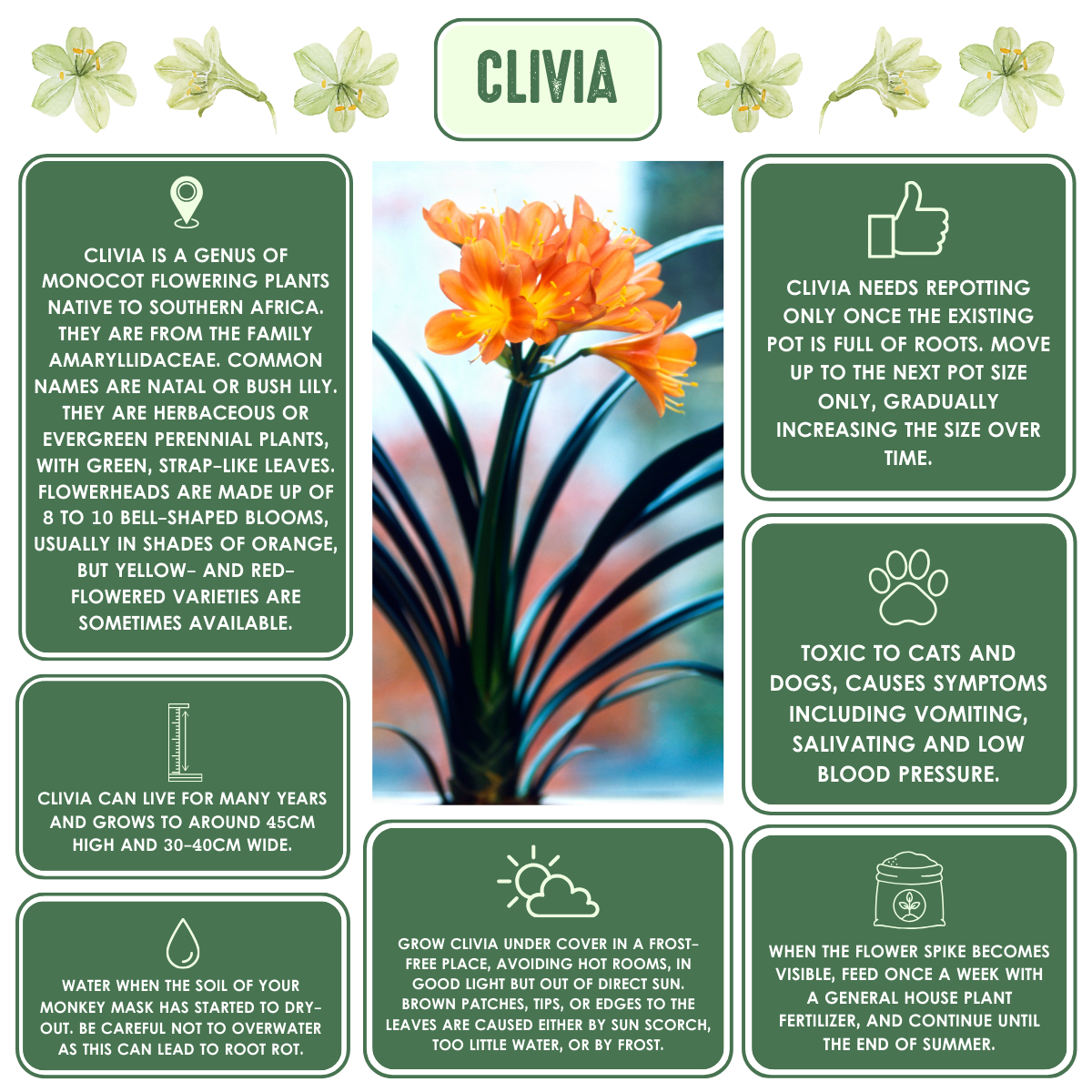
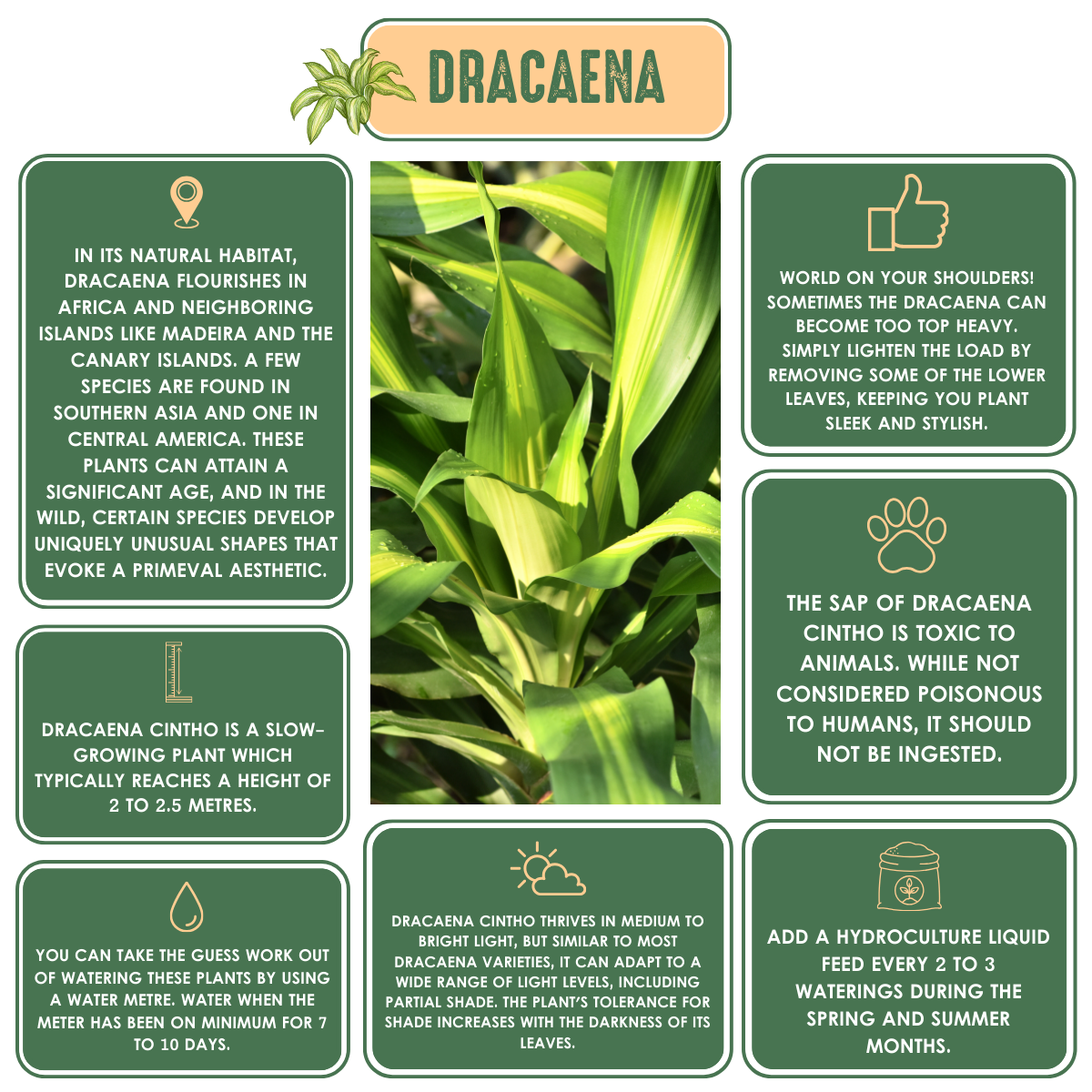
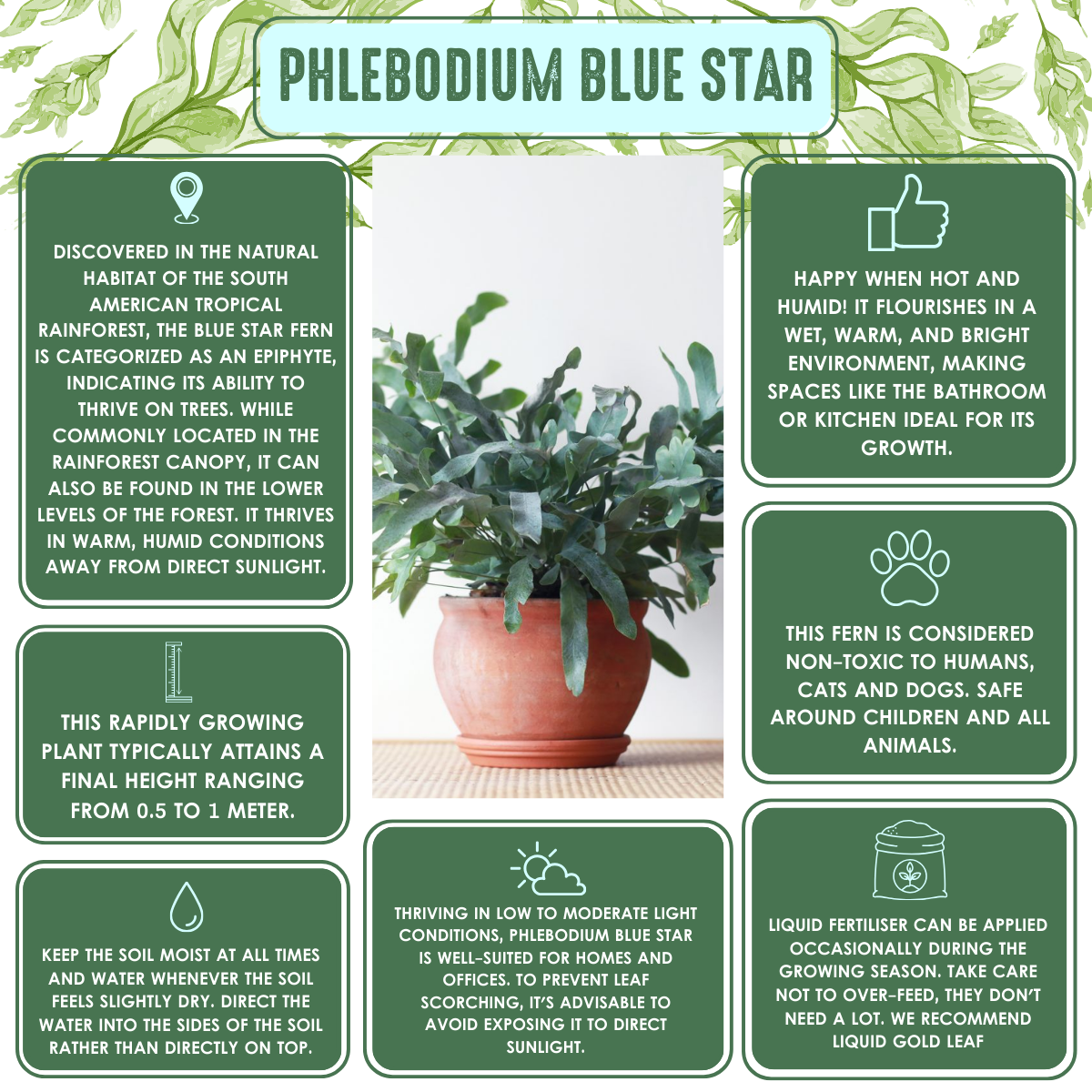
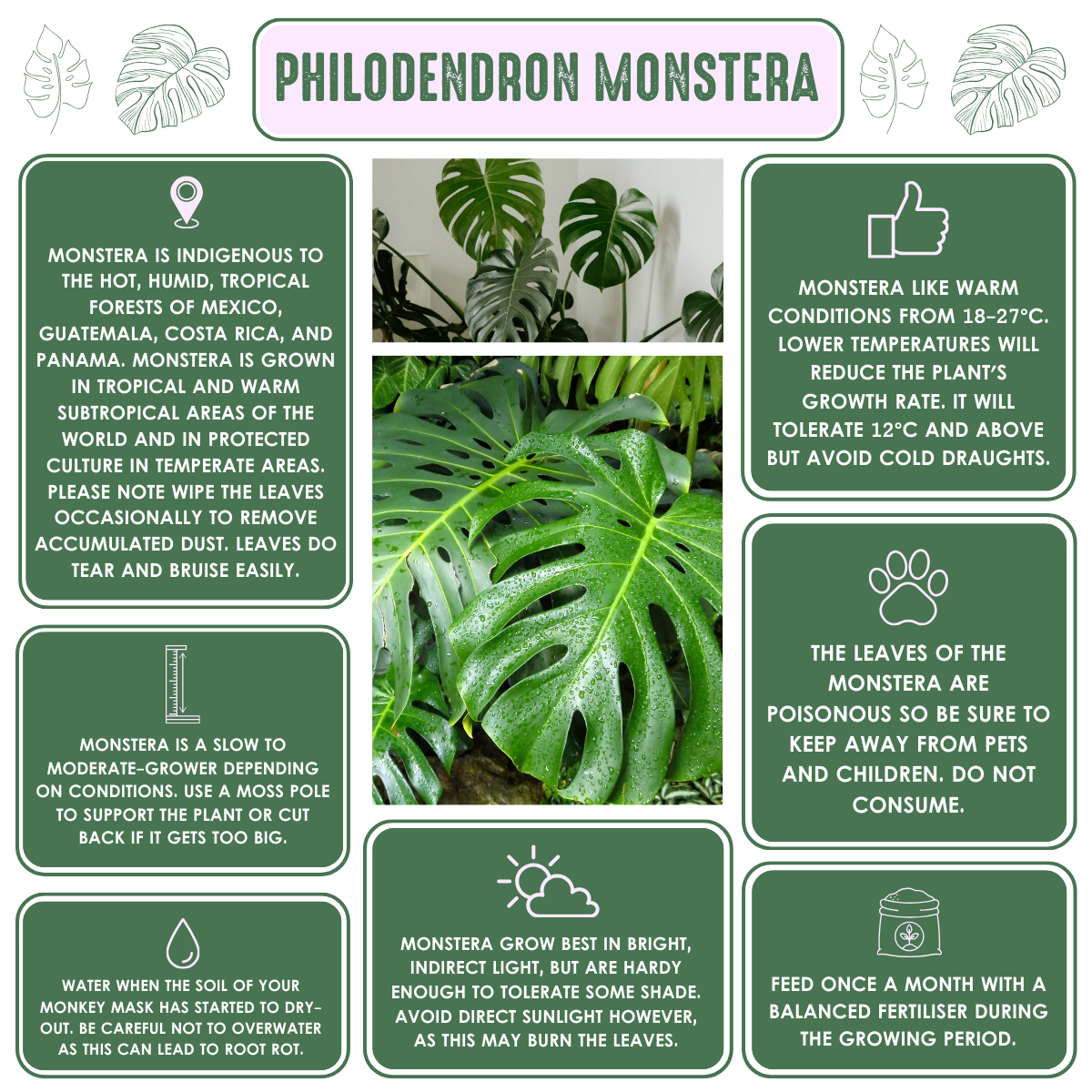
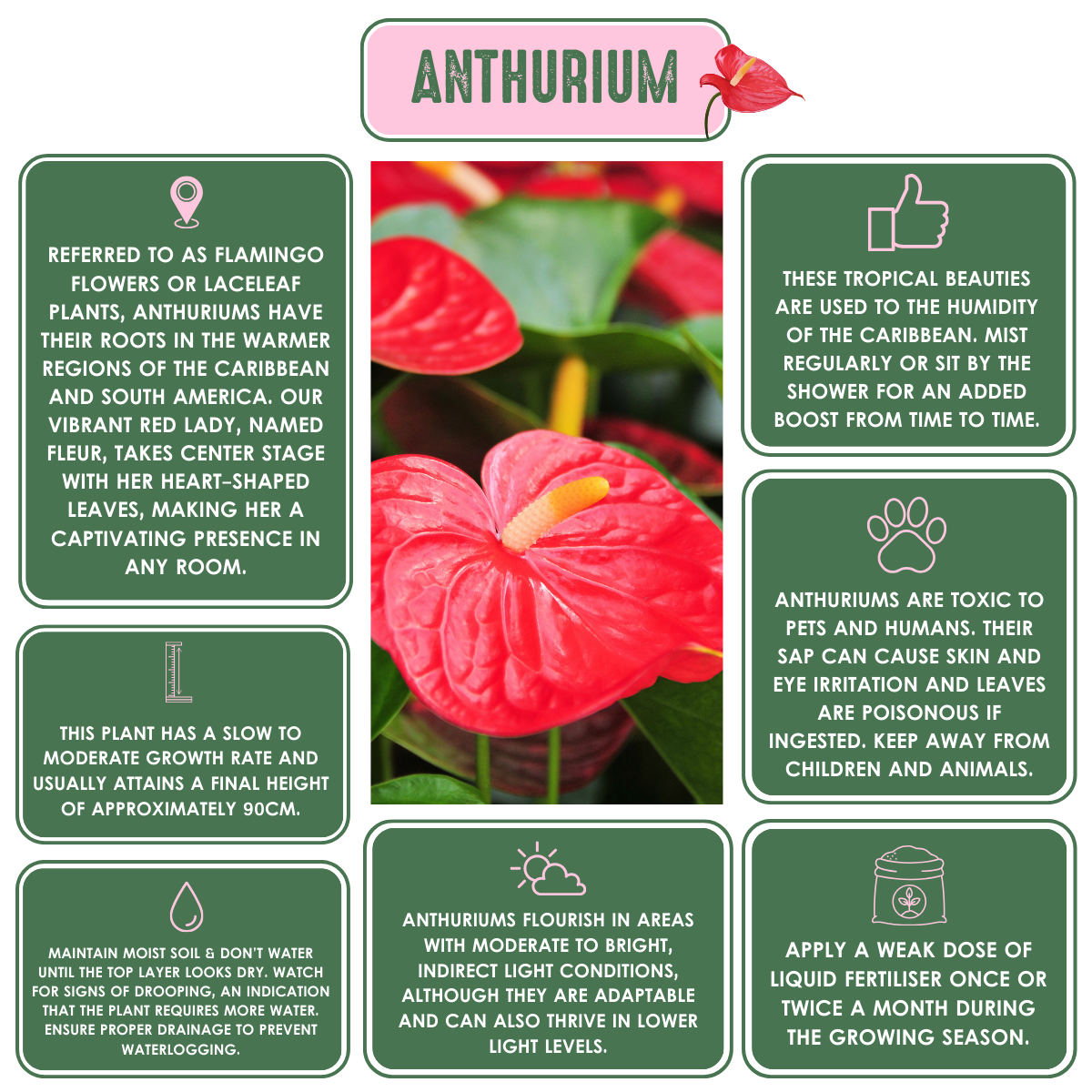
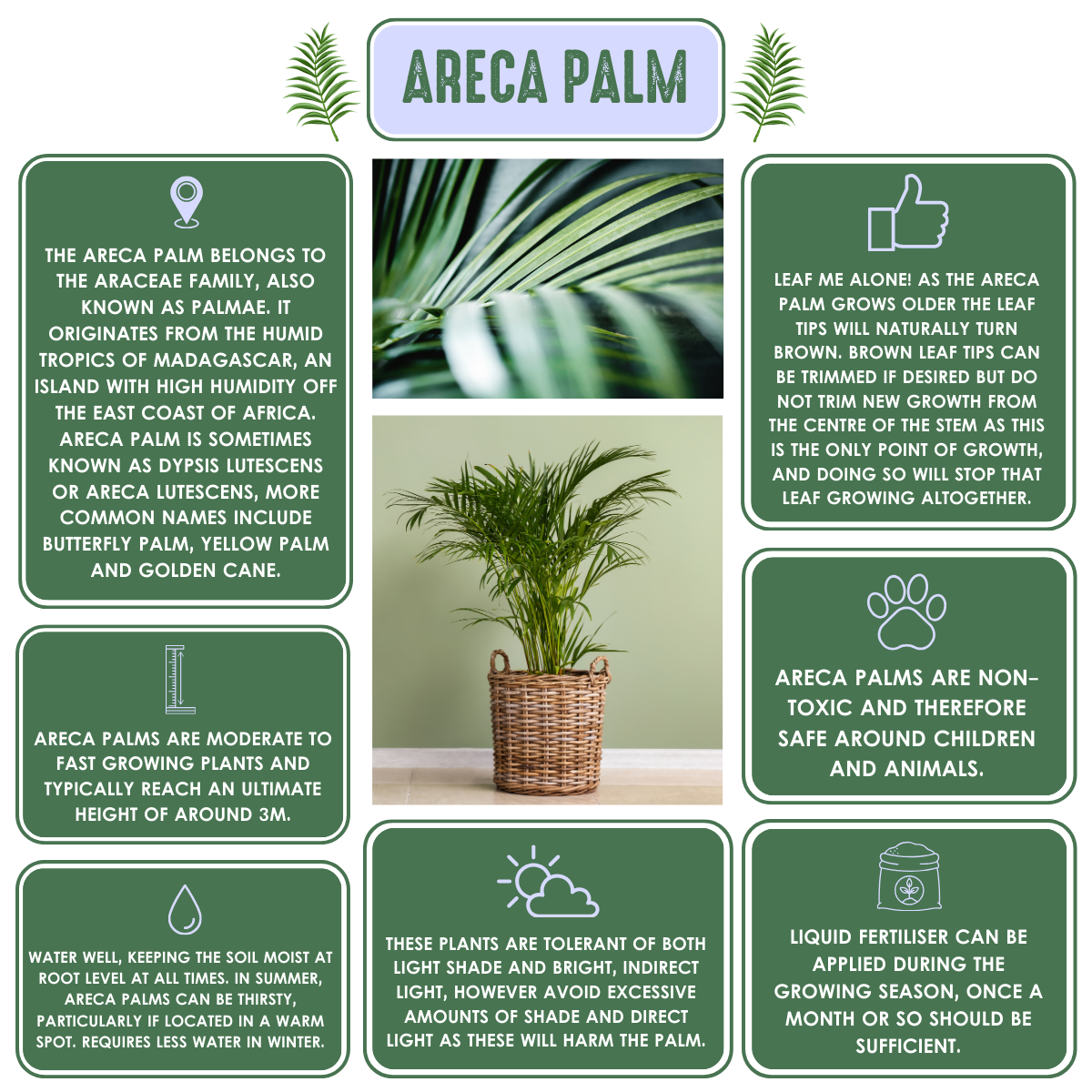

 2,768 REVIEWS
2,768 REVIEWS
